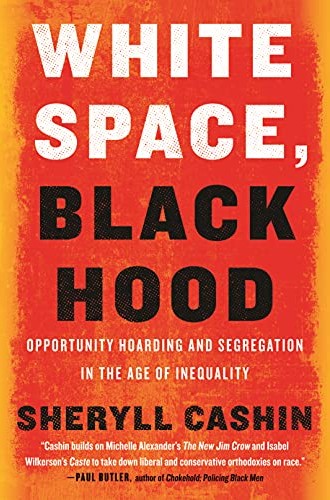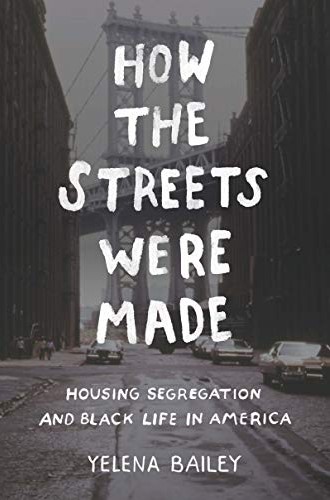We need to stop talking about “good” and “bad” neighborhoods
Both Sheryll Cashin and Yelena Bailey investigate the scandalous inequalities between city neighborhoods.
I still remember how annoyed I was the first time someone told me I should eliminate the phrase “bad neighborhood” from my vocabulary. I was a 24-year-old Chicagoan, with one graduate degree already in hand and six years of city living under my belt. By that point I had mostly forsaken the colorblind conservatism of my youth, which so clearly failed to make sense of the sharp inequalities inscribed into the urban landscape. But I had never thought twice about calling some parts of the city “good” and others “bad,” a practice that was almost second nature in my predominantly White, middle-class circles. When my friend—a sociologist—suggested that those categories were problematic, it was all I could do not to roll my eyes. Wasn’t it just obvious that some parts of the city were objectively worse than others?
The kernel of truth in my exasperation was that the urban United States is home to jaw-dropping disparities. Consider just one devastating example: in major metropolitan areas across the country, life expectancy varies by decades depending on the census tract in which one happens to be born. One recent study found that both New Orleans and Buffalo have 25.8-year swings between the tract with the highest life expectancy and that with the lowest. New York City and Washington, DC, are even worse, with 27.4- and 27.5-year life expectancy gaps, respectively. Chicago tops this most dubious of charts, with a 30.1-year chasm between the most and least long-lived. It is no coincidence, of course, that the cities with the largest life expectancy gaps are also those with the highest levels of residential segregation by race and ethnicity.
Two new books investigate the origins and persistence of such scandalous inequalities, illuminating along the way how the idea—often masquerading as common sense—that some neighborhoods are just “bad” has long been weaponized against Black communities.







